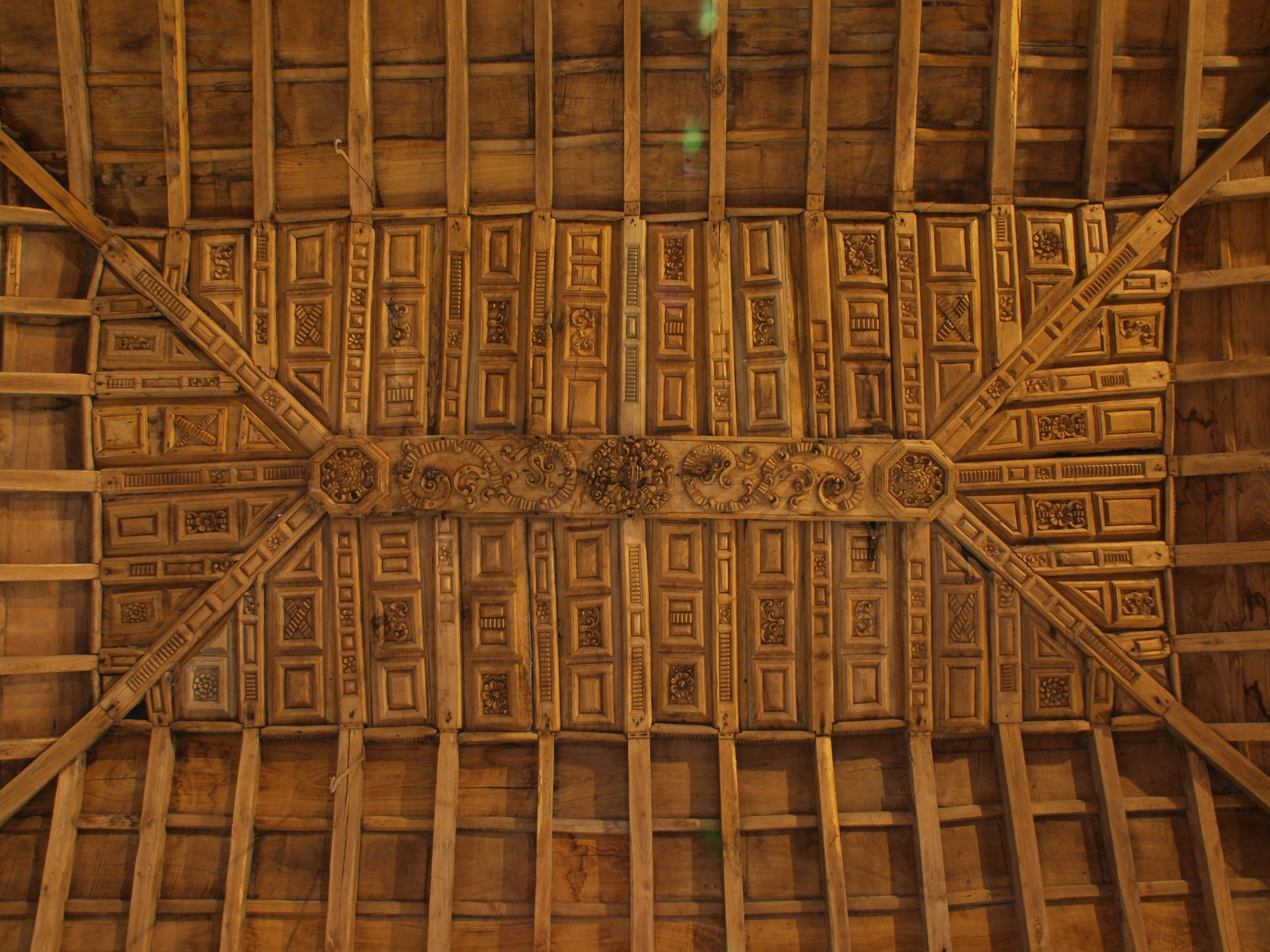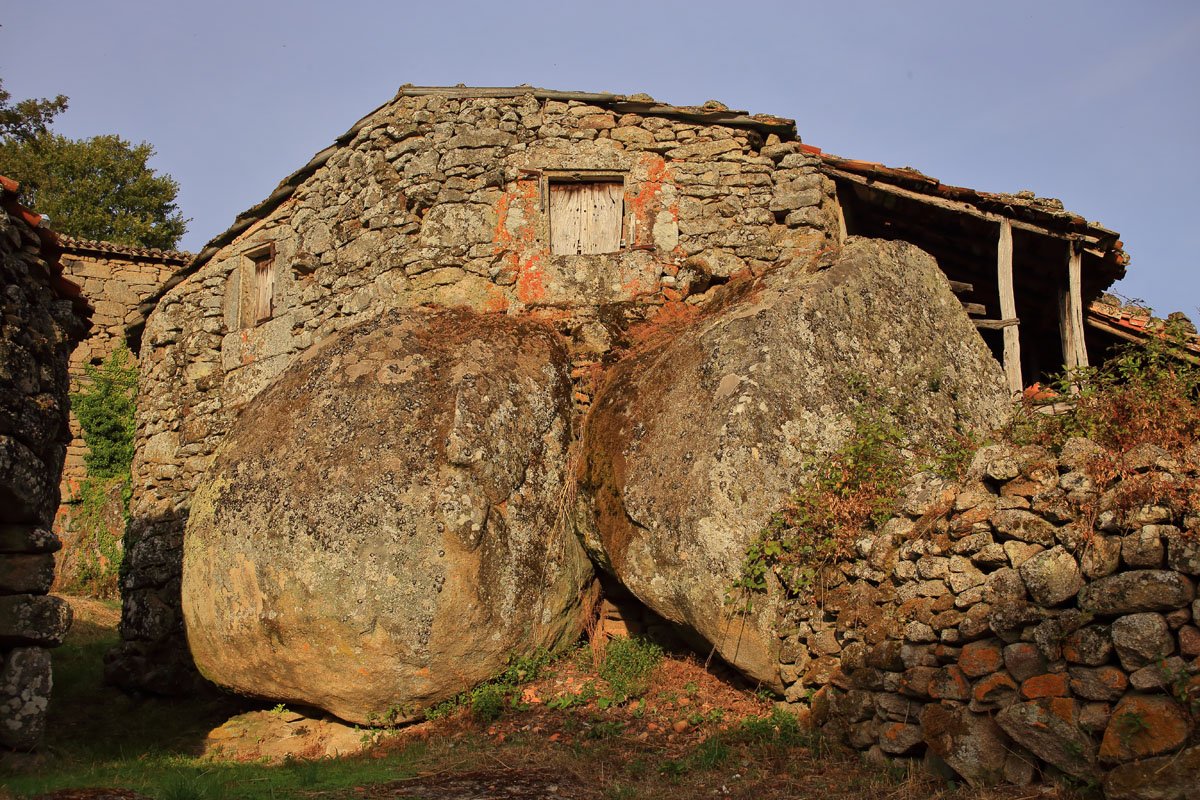La APP: Ofrecemos una herramienta turística más
“Vía Nova” was a Roman road which connected the cities known as Bracara Augusta (Braga, Portugal) and Asturica Augusta (Astorga, Castilla y León, Spain) along around 210 Roman miles (approximately 330km/205 miles). On Antonino’s itinerary, it was called “Vía XVIII” (18th route). The “Vía” crossed the current province of Ourense following the diagonal from southeast to northeast. It is one of the Galician routes whose outline is better known. It was built on the first century a. C. by Titus Flavius Vespasianus (Vespasian), and Maximinus and his son Maximus restored it. Its outline is represented in detail on Antonino’s Itinerary (3rd century). One of the mansions (a place for lodging) which appears on this itinerary is placed on the current Sandiás. In its outline, the Roman miles were signalled with milestones or groups of milestones. This outline preserves the highest number of milestones in Europe. One of the stages or mansions of the postal service (Cursus publicus) from Braga, cited on Antonino’s Itinerary is Salientibus, current Baños de Molgas.
Baños de Molgas








